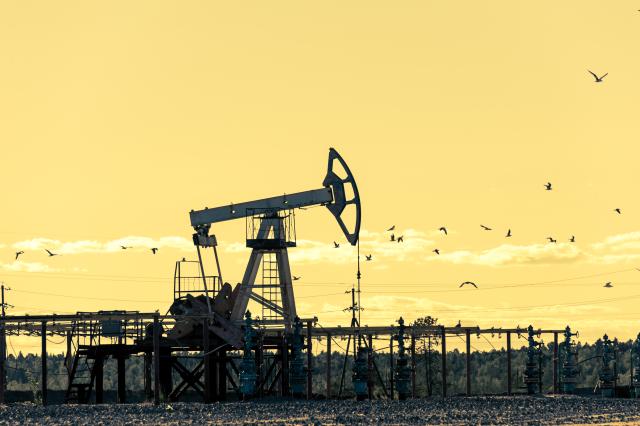
(Source: ded pixto/Shutterstock.com)
In the artificial lift market, service companies aim to address operator challenges while meeting production requirements efficiently.
“Of the approximately 1 million oil and gas wells producing in the world, roughly 5% flow naturally—leaving nearly all of the world’s oil and gas production reliant on efficient artificial lift operations,” Schlumberger stated on its website.
“Amid the breakthrough advancements in horizontal drilling and stimulation technologies, we see operators looking for efficiencies that can reduce the overall lifting costs in artificially lifted wells,” Andrey Fastovets, business manager of Artificial Lift Solutions at Schlumberger, told E&P. “This has led to improvements including rigless ESP deployment and retrieval technologies (drastically reducing workover costs and deferred production), efficiency gains through optimal motor and pump designs (reducing opex) and reliability gains through superior design and material selection.”
Dr. Iain Belcher, director of product engineering at Veretek, said, “The advances in directional drilling, fracturing and completions practices particularly in shale plays are pushing the limits of artificial lift technology. Wells are deeper and laterals are longer than they ever have been. Continued development is required to ensure artificial lift can meet the more demanding requirements of these wells.”
“It seems many companies have stopped pursuing innovation in this sector, maybe because they’re more focused on fracking, drilling and big dollar sectors,” said Dan Runzheimer, president at Endurance Lift Solutions. “Artificial lift technology advancement is critical for both improving the recovery of stranded reserves and ensuring that our domestic natural resources industry remains economically competitive in the face of other emerging energy sources.”
Artificial lift products and services can range from electric submersible and progressing cavity pumps and rod lift, gas-lift and surface pumping systems to power supply and control systems, monitoring and automation. The following is a sampling of the artificial lift equipment, accessories and services that enable operators to maximize the value of their wells while also lowering costs.
Editor’s note: The copy herein is contributed from service companies and does not reflect the opinions of Hart Energy.
Favorably impacting well productivity while extending asset economic life
One of the biggest opportunities for improving an oil well’s productivity and costs involves wireline rigless retrievable electric submersible pumping (WRESP) technology, addressing the unfavorable impact from ESP change-out costs and production downtime. AccessESP’s WRESP is redefining the way ESPs are run, favorably impacting well productivity while extending asset economic life. Operators today can “riglessly” deploy and change out ESPs on live wells, significantly improving well production uptime while reducing associated intervention costs, ultimately lowering opex while maintaining capex under control. Opex is further improved by combining AccessESP WRESP technology with the ESP Lifecycle Management Program, a proactive preventative ESP management program replacing the costly and disruptive run-to-failure industry practice. The ability to replace ESPs riglessly has opened new frontiers. Operators are now converting gas-lifted wells to ESPs with immediate productivity gains, also allowing production optimization from changing reservoir conditions. Others have started to apply this technology to flowback/cleanup wells more effectively. accessesp.com
Low load anomaly characterization with machine learning and AI
Low load anomalies, such as rod parts, holes in tubing and plugged intakes, are among the most destructive events that can occur in a well with a sucker rod pump system. A large E&P company deployed low load anomaly characterization with machine learning and artificial intelligence (AI) technology on nearly 250 wells in the San Juan Basin utilizing rod lift systems for gas well deliquification purposes. Multiple analytical techniques were utilized to automate low load anomaly characterization. This technology was integrated into a software-based workflow to provide real-time alerts to the production engineering and operations users at the time of anomaly detection and characterization. The users have successfully used this workflow to reduce failure cycle time, decrease deferred production and increase well uptime. This automated workflow has saved countless hours of manual human-based well surveillance and failure diagnosis, enabling users to prioritize their time on higher value-add activities. ambyint.com
Asset management system controls, optimizes multiple forms of artificial lift
Apergy’s SMARTEN for Life variable speed drive (VSD) operates all widely used forms of artificial lift to manage production rates, extend electric submersible pump (ESP) runlife and protect field personnel from high-voltage electrical connections. The VSD, with Wi-Fi connectivity, features ESP trending and pump curve displays to ensure effective system operations. The control software includes programmable soft start/rocking start capabilities to protect the ESP on startup while gas lock mitigation algorithms prevent ESP shutdowns due to gas interference. Proportional, integral and derivative control sets a variety of parameters to prevent system cycling to optimize production rates. When it is time to switch to rod lift, the downhole equipment is managed with a full-featured pump-off controller with a real-time card dashboard display. The SMARTEN VSD separates high-voltage, heat-producing elements from the low-voltage electronics. This Touch-Safe compartment allows technicians to service the VSD with no exposure to dangerous high-voltage elements and improves VSD reliability by reducing heat buildup in the electronics. apergy.com
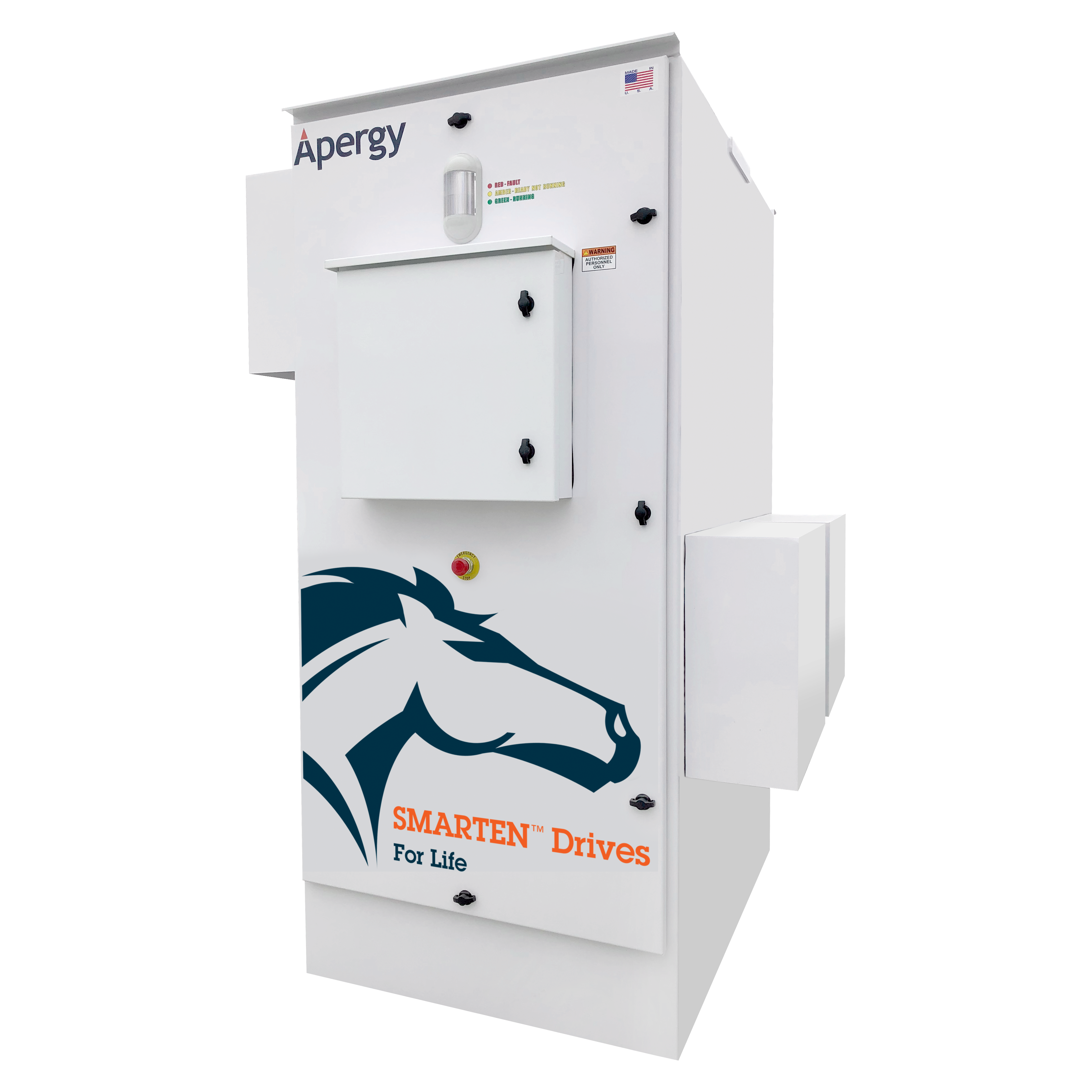
PMM eliminates induction losses
Operators are looking for new ways to increase electric submersible pump (ESP) system efficiency and lower lifting costs, especially in declining, mature fields. The new Magnefficient permanent magnet motor (PMM) significantly improves efficiency by lowering ESP system energy consumption, allowing operators to do more with less. The Magnefficient PMM eliminates induction losses, lowering system power consumption by 20% and reducing motor power loss by 50%. It also delivers a higher power density, enabling operators to eliminate the need for tandem motor connections, which improves reliability and allows quicker installation, saving additional time and cost. Baker Hughes, a GE company, leveraged learnings from other GE businesses to develop the Magnefficient PMM, including GE Aviation for the rotor design and GE Healthcare for magnet research. The R&D team used advanced optimization algorithms to make sure the efficiency design elements did not violate temperature limits, rotor dynamics stability or material structural capabilities. bhge.com
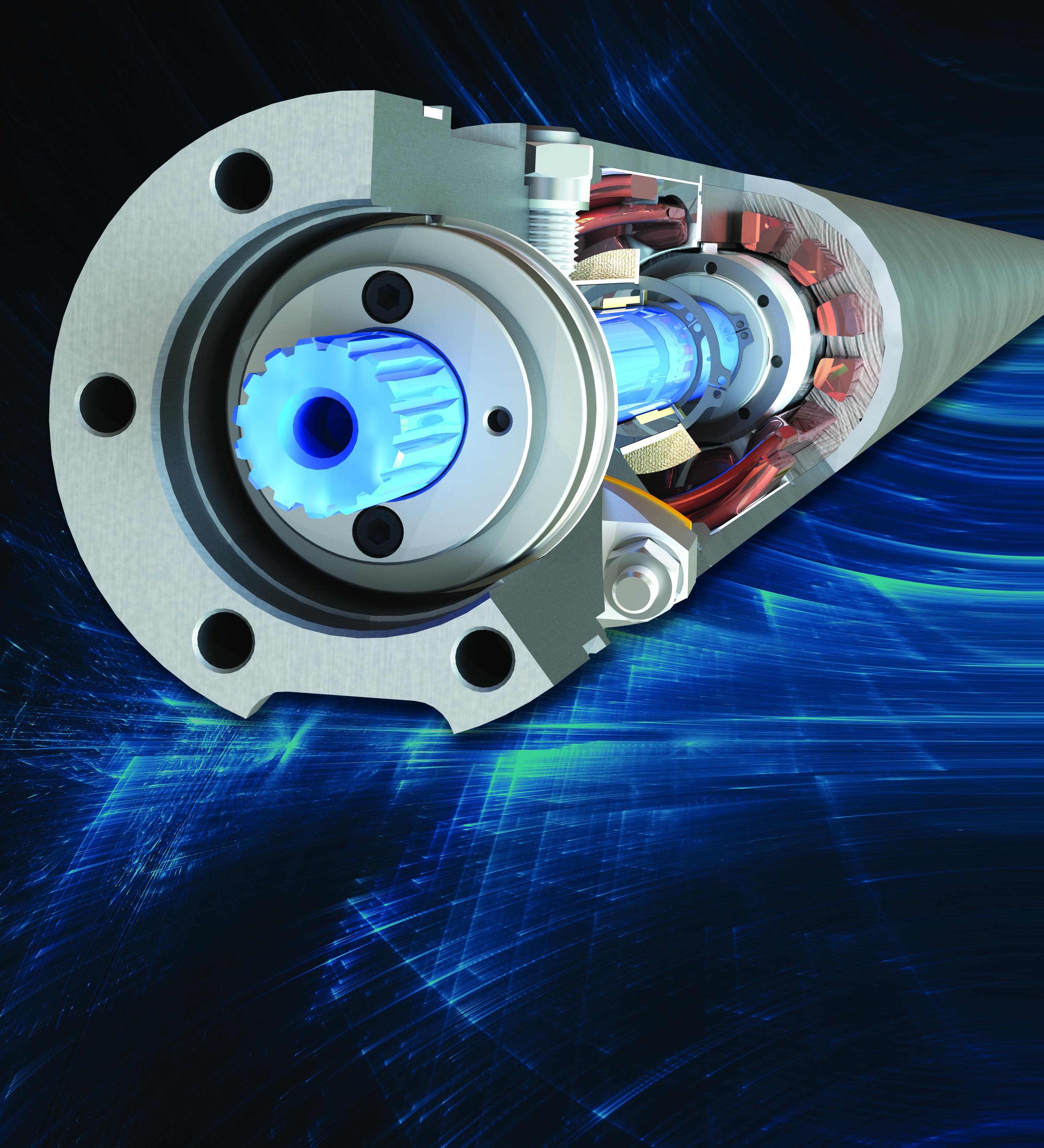
Packet pump technology withstands prolonged downthrust
In unconventional well applications, electric submersible pumps (ESPs) experience harsh and abrasive well conditions. Rapid decline rates, increasing gas volumes and unstable flow, which are typical in unconventional wells, can result in an ESP frequently operating in downthrust conditions. The Borets Packet Pump is able to better withstand prolonged downthrust through innovation in its design, which ultimately results in reduced wear and longer pump runlife. Using the same packet technology in the Vapro Gas Handler, Borets Packet and Vapro Pumps have been installed in more than 1,200 wells worldwide since 2014, including more than 180 wells in the Permian Basin. Some of these systems continue to operate in excess of 800 days run time. borets.com

New unconventional lift optimization model avoids production loss and cost overruns
A new, integrated well reservoir production model tailored for unconventional reservoirs enables automated gas-lift rate optimization throughout the well life cycle. The model, deployed in the cloud, is designed to increase operational efficiency with features such as autonomous history matching and forecast. Its mathematical solution solves the reservoir, wellbore and surface network as one entity, unlike other solutions that are too onerous to deploy continuously on every well during its production life cycle. A major challenge in gas lifting unconventional wells is due to the rapid rate declines and changing fluid composition. Additionally, the fast pace and tight economics of unconventional wells, together with the effort and time required to model production using existing physics-based models, result in modeling only a small fraction of wells. The new solution avoids loss of production and/or cost overruns by creating, for the first time, a digital twin of every connected well. emerson.com
Rod pump increases downhole pump efficiency at any inclination
Customer partners of Endurance Lift Solutions are deploying the High Angle Rod Pump (HARP) to increase downhole pump efficiency at any inclination angle in deviated and horizontal wells, in addition to wells with damaged wellbore casing or liners. The HARP can be set at inclinations up to 90 degrees utilizing its articulating plunger and “positive seal” traveling and standing valves. The HARP operates in challenging fluid regimes, handling high volumes of entrained production gas without gas locking its positive seal valves. By utilizing its unique valves, customer partners are able to increase lifting efficiency, decrease beam unit strokes per minute, reduce downhole pump wear, lower electricity costs and increase gross daily production of fluid. The HARP is available in standard and premium metallurgies and may be landed at depths of up to 3,048 m (10,000 ft) dependent on oil gravity and water cut. endurancelift.com
designed to enable customer partners to land in the horizontal and maximize pump efficiency while preventing gas locking. (Source: Endurance Lift Solutions)
Gas-lift design provides advanced collaboration sensitivity analysis
Gas-lift engineers are challenged to design a system that reliably performs during the life of a well due to changing parameters. Evaluating performance models is vital in selecting the right solution to meet long-term production goals. Most gas-lift software does not easily accommodate testing multiple design options, requiring users to repeatedly create new design models to analyze changes or scenarios, and lack built-in comparative analysis. Engineers also must often use a separate NODAL analysis program to evaluate production performance. The Extract Gas Lift Optimization Program combines the best of NODAL and design software, quickly handling complex calculations, letting users examine multiple scenarios on one screen. Injection points for each performance model are automatically recognized and input into the comparative graphical analysis. Because the program is cloud-based, engineers can remotely collaborate to achieve optimum well performance. extractproduction.com
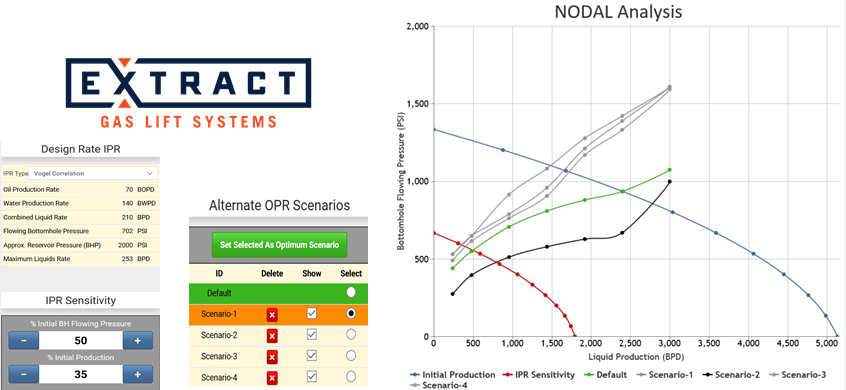
Method analyzes tortuosity of wellbore from high-resolution survey data
Optimal rod-pumped systems are determined through the analysis of calculated side forces exerted on/by the rodstring on the production tubing. The side forces are computed from axial forces in combination with information about the trajectory of the rodstring in the well. Traditionally, the trajectory of the rodstring is estimated from directional survey data at 30-m (100-ft) intervals. Because these surveys are run in open hole, the trajectory described is not the actual trajectory of the rod inside the production tubing. This implies that the resulting side forces are not accurate for decisions on rod-guide placement. Gyrodata scientists developed a method for analyzing the tortuosity of a wellbore from high-resolution (.30-m [1-ft]) survey data. This revealed that high tortuosity substantially narrows the free passage through tubing and can be quantified in terms of the reduction in the effective diameter available. The technique was extended for points of contact of the rod in the production tubing. Utilizing points of contact, the shape of the rodstring within the tubing is estimated. Field data using the high-resolution data together with the advanced processing technique revealed that the openhole based side forces tend to be underestimated. Utilizing all the available information from the survey along with improved side force calculations help optimize rod pumping systems and mitigate workovers and failures. gyrodata.com
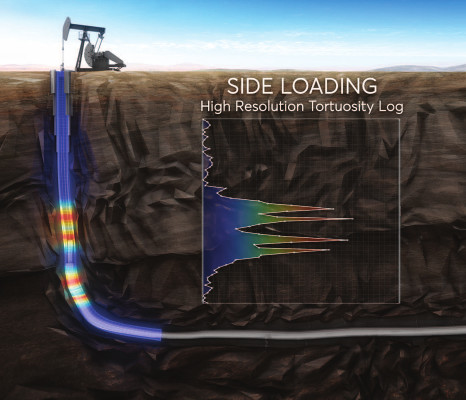
Extending the operating range in extreme and harsh environments
Summit ESP, a Halliburton service, designed the new Tiger Shark II XRange pump line to increase ESP runlife and extend operating range in extreme and harsh environments. It has maximum flexibility in unconventional, abrasive, corrosive and gassy wells and the capability to produce volumes from lower than 25 bbl/d of oil and can increase up to 64,000 bbl/d of oil. Some of the enhancements to the pump line include the Ring Lock XT bearing system that expands when the temperature rises, creating a secondary mechanical lock to hold bushings from slipping, as well as upgraded bearing material that increases runlife by six times on abrasive resistance and three times longer pump performance. Other enhancements include overlapping head and top bearings that help prevent abrasive wear on the housing and thread washout, and dual-sleeve technology that increases shaft support interface, while still allowing adjustment to the shaft extension. halliburton.com

Optimizing downhole pump operation, improving the artificial lift system
The twin-screw multiphase pump, tied to the surface gathering system, is giving new life to underperforming downhole pumps and gas-lift systems. The pump speed, flow rate and inlet pressure can now be governed by real-time downhole conditions, resulting in reduced wellhead backpressure and making it possible to optimize the liquid level in the well. Deeper submergence of electric submersible pumps and downhole pumps results in better hydraulic performance, lower differential pressure and improved handling of viscous and gassy crudes. By lowering the gathering wellhead pressure, the bottomhole pressure is reduced, which in turn has a positive effect on the inflow performance relationship by improving the well inflow. Downhole pump uptime is much improved, which means steady plateau production and more predictable operation and well control as well as lower service and intervention costs. leistritzcorp.com
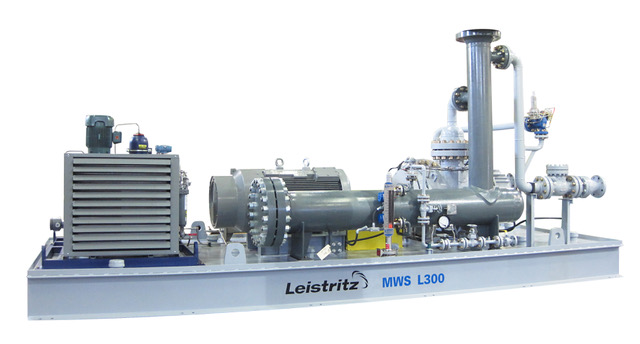
Wellhead can accommodate multiple forms of artificial lift over life of well
National Oilwell Varco (NOV) has released the Hercules high-pressure (HP) Universal Wellhead to its portfolio of artificial lift equipment. Many operators use multiple forms of artificial lift during the life of a well, with the constant changing between methods increasing costs and requiring additional manpower and resources. Shale play wells in particular frequently start off using electric submersible pumps (ESPs) or gas lift until failure or production declines to an unproduceable rate, then shift to rod pumps. To reduce capital and operating costs while optimizing production, the Universal Wellhead can accommodate multiple forms of artificial lift over the life of the well. A single unit can accommodate flowing wells, ESP, gas lift, rod pumps and progressing cavity pumps without needing to change the wellhead or flowline configuration. Its compact design stands less than 28 in. tall and consists of dual master valves, dual rod BOPs, ESP capillary feed through, gas-lift capabilities and two flowline outlets. The wellhead’s modular design eliminates two days of lost production while converting wells over, makes more combinations available for wellhead piping, reduces servicing costs and increases safety. nov.com
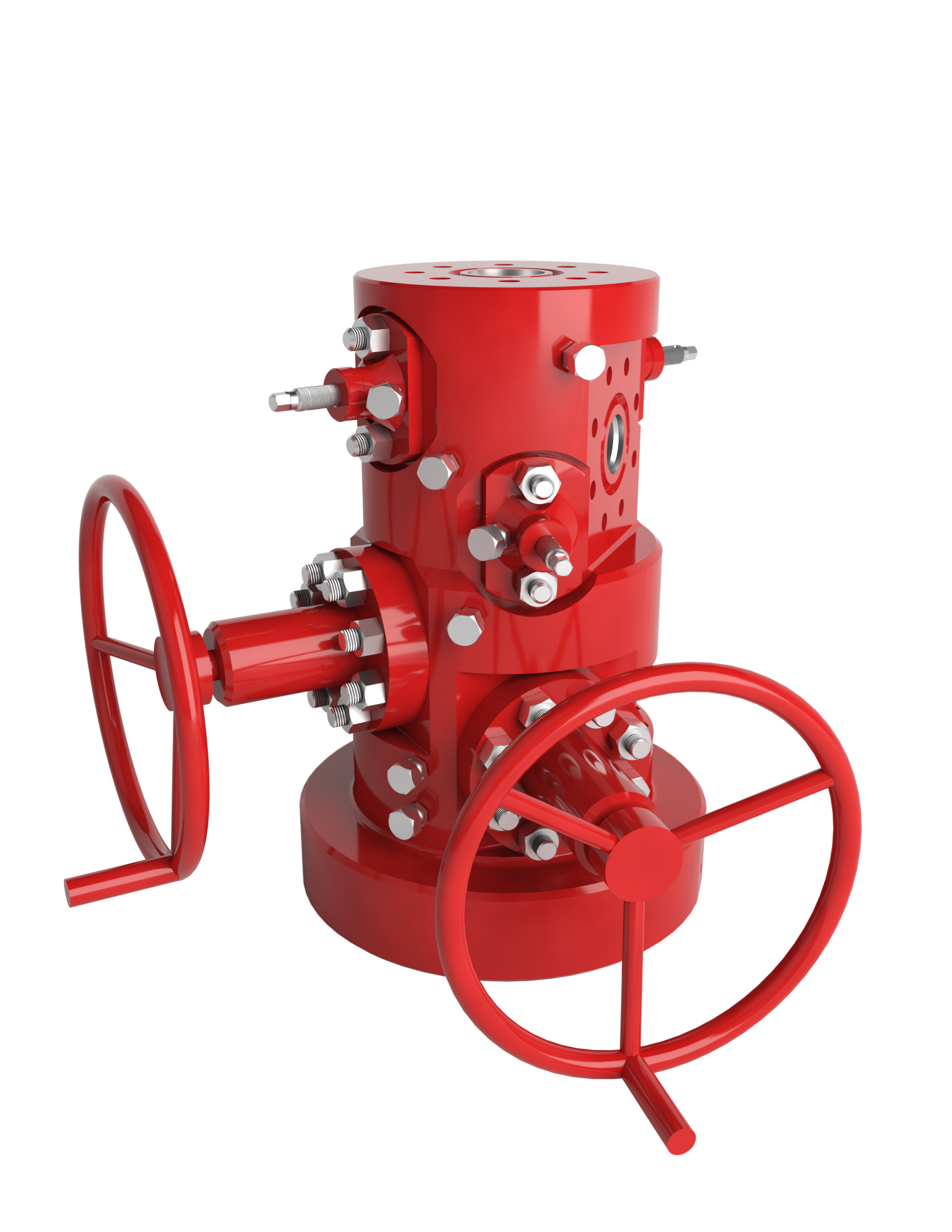
New jet pump boosted production by 27%
Production Lift has used computerized mathematical models to re-engineer the traditional jet pump, increasing production by 25% to 32% in field trials depending on the model and completion methods. Field tests have confirmed that simply updating the jet pump downhole boosted production by 27%. Additional increases in the complete downhole system, including optimizing the energy transfer system and opening and streamlining internal passages to minimize losses served to boost production up to 32%. This led to more production capacity than ever before and reduced cost per barrel. New technology in hydrocarbon process modeling also improved the sand removal efficiency of the power fluid treatment system, which increased the sand removal efficiency of the power fluid treatment system. This created an unprecedented solution to high-volume frac fluid recovery. The TITAN Jet Pump is designed to remove much greater volumes of sand than any other system. productionlift.com
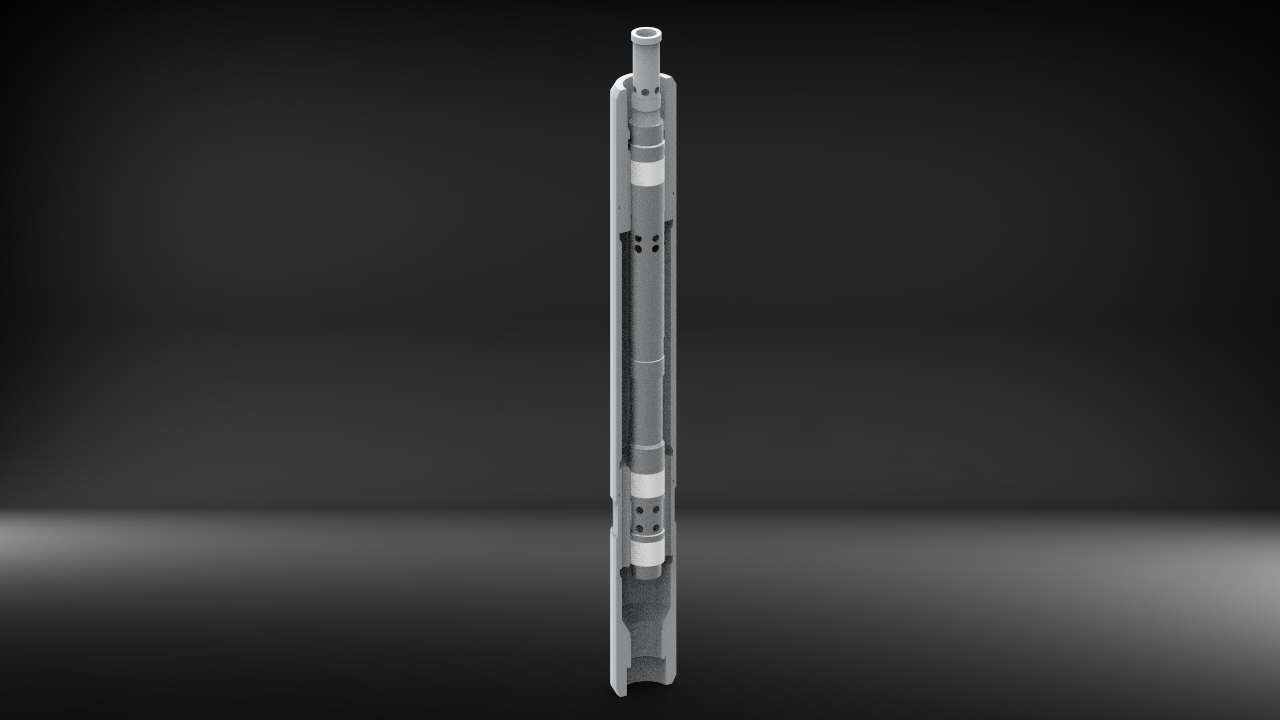
Rod guides reduce rod-on-tubing wear failures
RFG Petro Systems manufactures sucker rod guides (centralizers) using its MP Polymer technology, which provides extreme wear and chemical resistance and is mechanically and dimensionally stable up to 260 C (500 F). The MP Polymer rod guides are factory molded directly onto sucker rods to ensure the guides stay in place and function to centralize the sucker rods inside the production tubing to protect against rod-on-tubing wear. As independently tested (ASTM G-133), the MP Polymer provides the longest wear resistance when compared to traditional rod guide polymers. Last year a major E&P producer in the Permian Basin started field testing MP Polymer rod guides in several deviated production wells and had experienced very favorable results, including reduced friction, longer run times and less rod-on-tubing problems when compared to historical failure reports. rfgpetrosystems.com
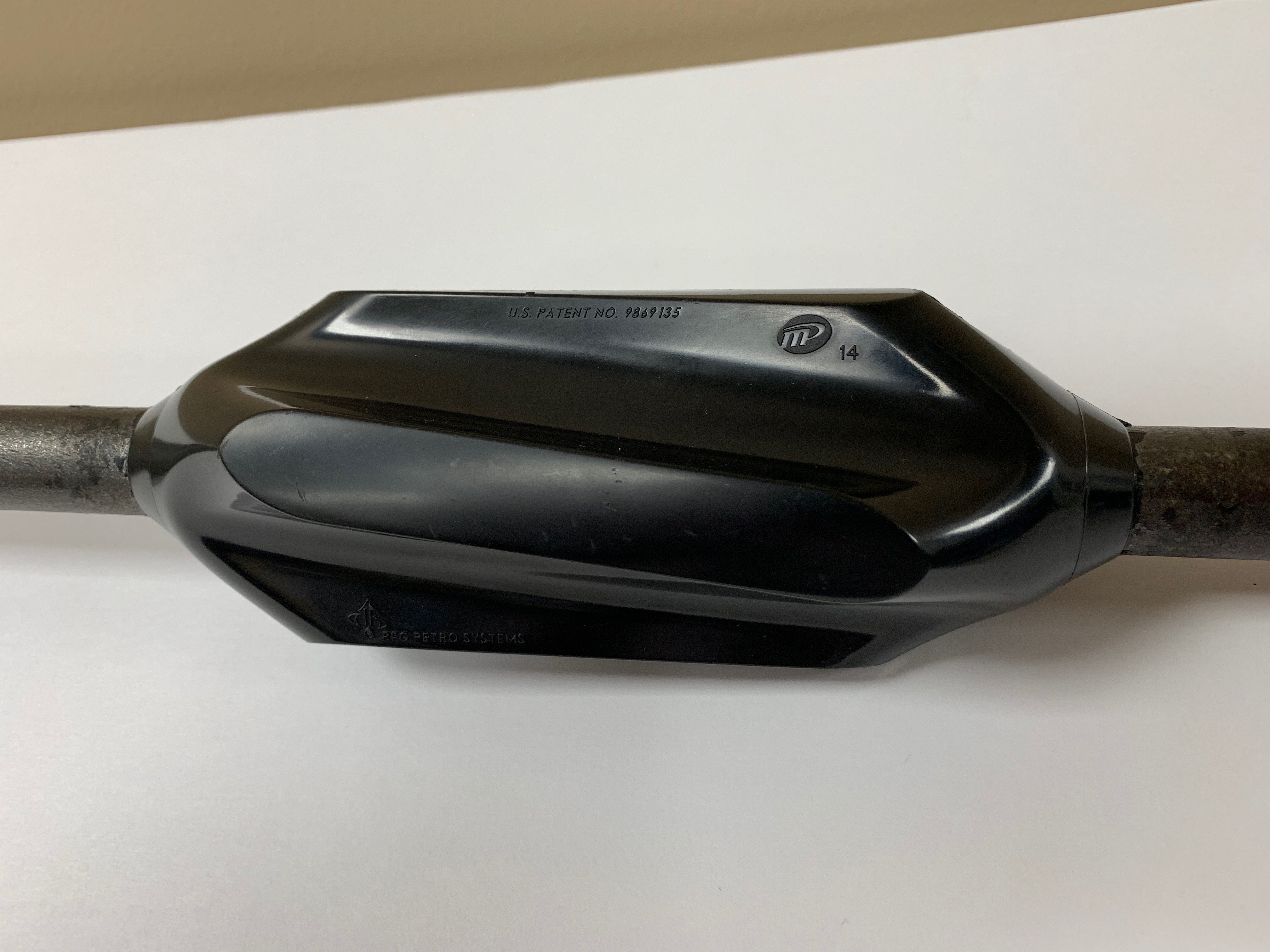
Waterproof ESP gauge monitors wells performance
Sercel-GRC’s Spy Pro is the only electric submersible pump (ESP) gauge available with a waterproof, metal-to-metal welded seal design and is being successfully deployed in unconventional shale oil wells where the technology enables operators to continue monitoring well performance, even when the motor connection is completely submerged in water. The Spy Pro Vibration Z channel provides important data on the behavior of the frequent slugging effects of the long laterals, while the Spy Pro WYE point channel provides critical data in regard to the electrical behavior and runlife of the ESP systems. Designed to be compatible with any ESP motor, the Spy Pro family includes multiple configuration options, including corrosion-resistant metallurgy, various motor adapters and discharge pressure measurement. sercel-grc.com
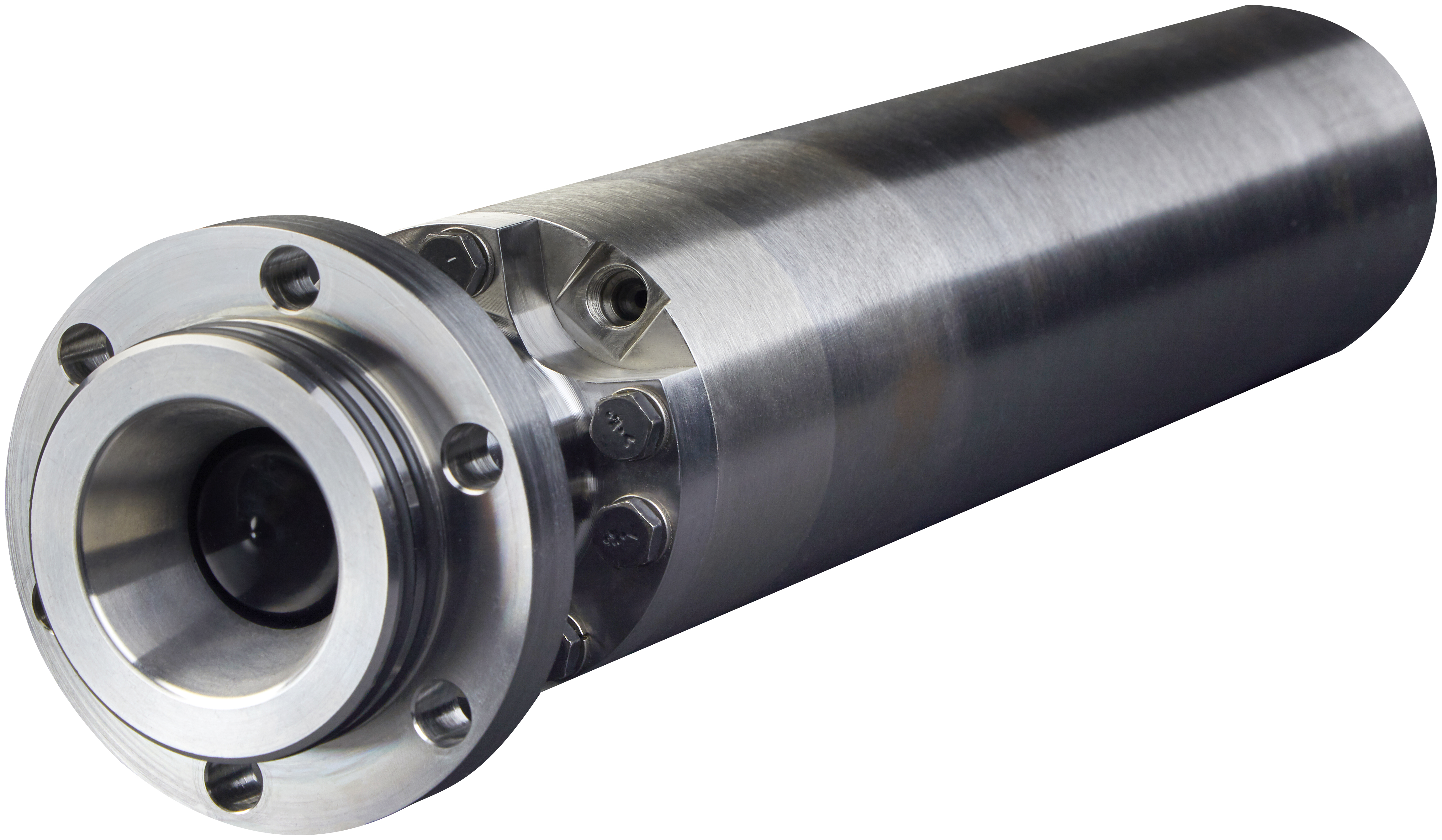
Monitor and adjust gas-lift rate and depth without intervention
Silverwell’s Digital Intelligent Artificial Lift (DIAL) gas-lift production optimization system has recently been extended to unconventional and dual string wells with the release of 27⁄8-in. slimline in-well DIAL units. When combined with the DIAL surface control system, this enables the monitoring and adjustment of gas-lift rate and depth without intervention, even in notoriously hard to optimize dual string gas-lifted completions. Independent studies have shown that the achievable “prize” when gas-lifted wells are continuously optimized is an estimated 10% to 20% uplift in production. Even greater improvements are achievable in dual string completions. Here, the problem of one more productive zone “robbing” gas from a second less productive zone is now easily addressed as the DIAL system operates completely independently of production pressure regimes. silverwellenergy.com
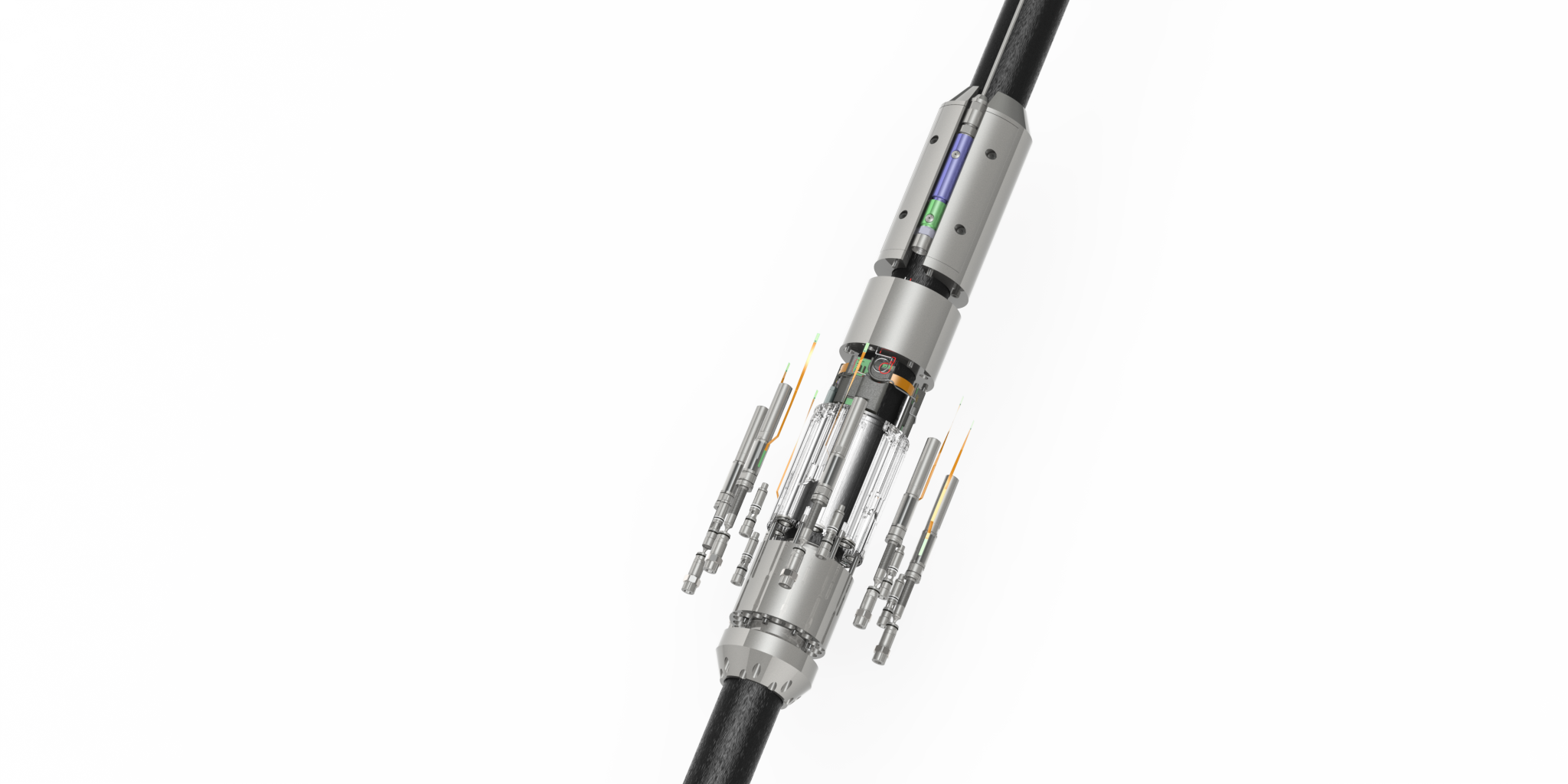
Magnetic technology harnessed to improve ESP reliability
Electric submersible pumps (ESPs) have been widely employed for many years as artificial lift devices. But ESPs are often plagued by reliability issues, resulting in high operating and capital costs and loss of production to retrieve and replace the pump. To improve reliability and retrievability of ESPs, Upwing Energy has developed the new Magnetic Drive System (MDS) for ESPs. Upwing’s design uses advanced magnetic technologies that eliminate the need for the vulnerable rotary seals and the rest of the protector unit, which is the most frequent source of failures. Mechanical contact bearings are replaced by frictionless magnetic bearings that levitate the motor rotor without physical contact with the motor stator. All electrical components are hermetically sealed inside the motor stator housing and isolated from the production fluids. The pump and Inconel-sleeved motor rotor without any electrical components can be easily retrieved via slickline in a single run. There is no electrical connection and only magnetic fields between the motor stator and rotor to improve the reliability and retrievability of the ESP further. Upwing has used the same magnetic building blocks in its Subsurface Compressor System, a high-speed downhole artificial lift system that overcomes liquid loading and boosts gas production and reserves. upwingenergy.com
Get out of tight spots with reinforced connections
Of all the problems that can occur downhole, a flange connection failure can be one of the costliest setbacks in the entire production cycle. When pulling an electric submersible pump (ESP) out of a narrow, packed or deviated section of the well, any weak points across the downhole equipment string pose a significant threat to the operator’s bottom line in terms of the cost required to hire a workover rig and fishing crew to retrieve equipment from the well as well as in production lost during downtime. To eliminate that risk, Valiant Artificial Lift Solutions provides a high-strength ESP configuration featuring IntactESP connections at vital mechanical stress points. Reinforced with an alloy steel metallurgy and upgraded flange geometry, Valiant’s IntactESP enhanced design is an ideal solution for deviated or tight-radius applications with high calcium, paraffins, asphaltenes or scale, providing operators peace of mind at the most critical junctures. valiant-als.com
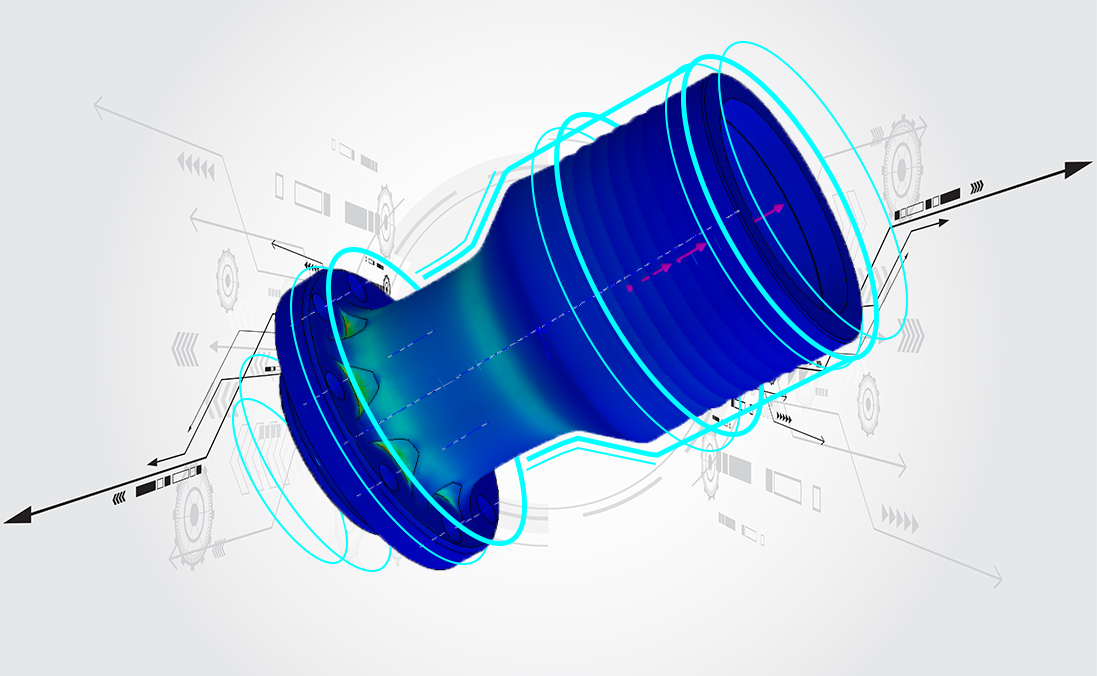
Tools target production problems in unconventional wells
Veretek continues to introduce additional models of its rotor and stator multiphase V-Pump to target various production problems in unconventional wells. The latest is the Cronus booster pump for conventional electric submersible pump (ESP) strings. Veretek has worked with an operator in the Bakken to improve production in mature, low-pressure wells when gas volumes are a problem for ESPs. Production and equipment reliability are improved with greater uptime and more continuous operation. In one well, the shutdowns due to gas locking were averaging one per day. By installing a Cronus at the bottom of the conventional pump string and boosting the flow through the ESP, the shutdowns were reduced to one per month. veretek.com
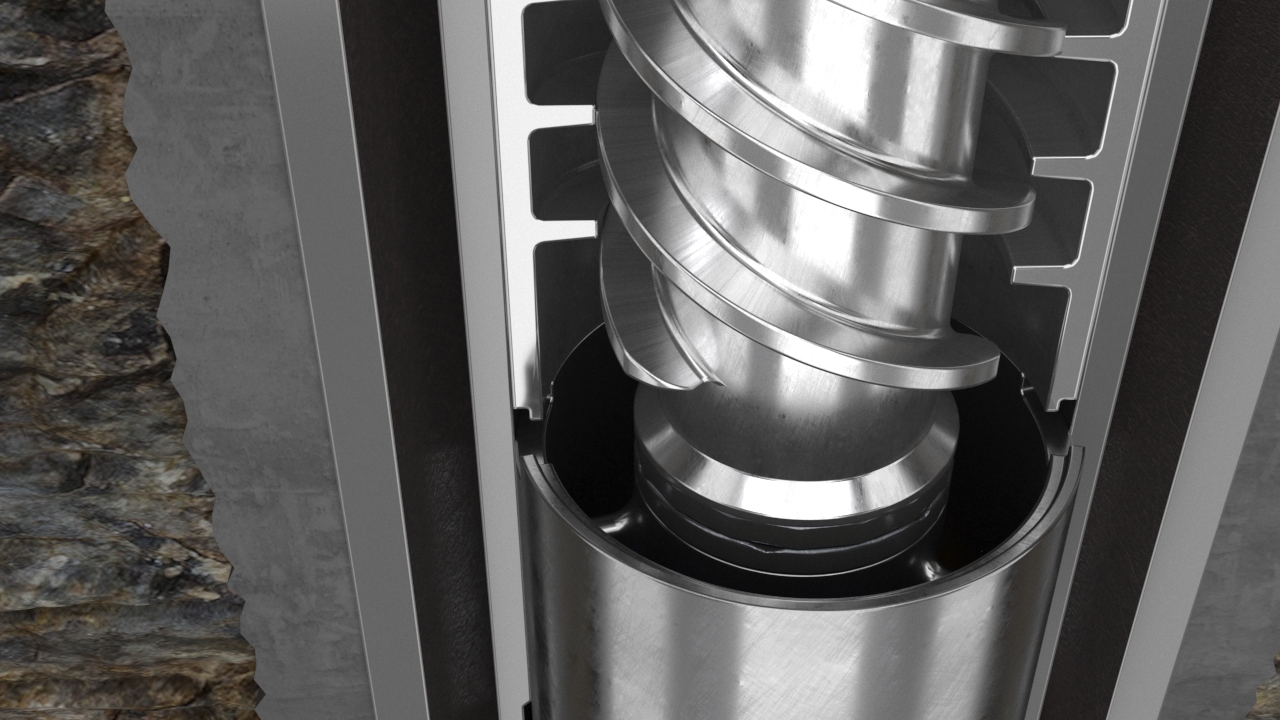
Unit boosts productivity with a longer stroke
The latest Weatherford Rotaflex long-stroke pumping unit helps operators transition to high-performance rod lift and eliminate the need for intermediate-lift methods. The Rotaflex unit boosts productivity with a longer stroke, more complete barrel fillage and less wear on surface and downhole equipment. Even in deep, high-angle or high gas-to-liquids wells, the latest Rotaflex unit was redesigned to increase uptime further, reduce the total cost of ownership and streamline maintenance. With stroke lengths up to 366 in., or 9.3 m (30.5 ft), the unit increases system efficiency and energy savings, substantially lengthens sucker rod and downhole pump longevity and reduces cycles, reversals and the risk of downhole failure. The design simplifies inspections and repairs, encloses moving parts and offers easy access to major components. weatherford.com
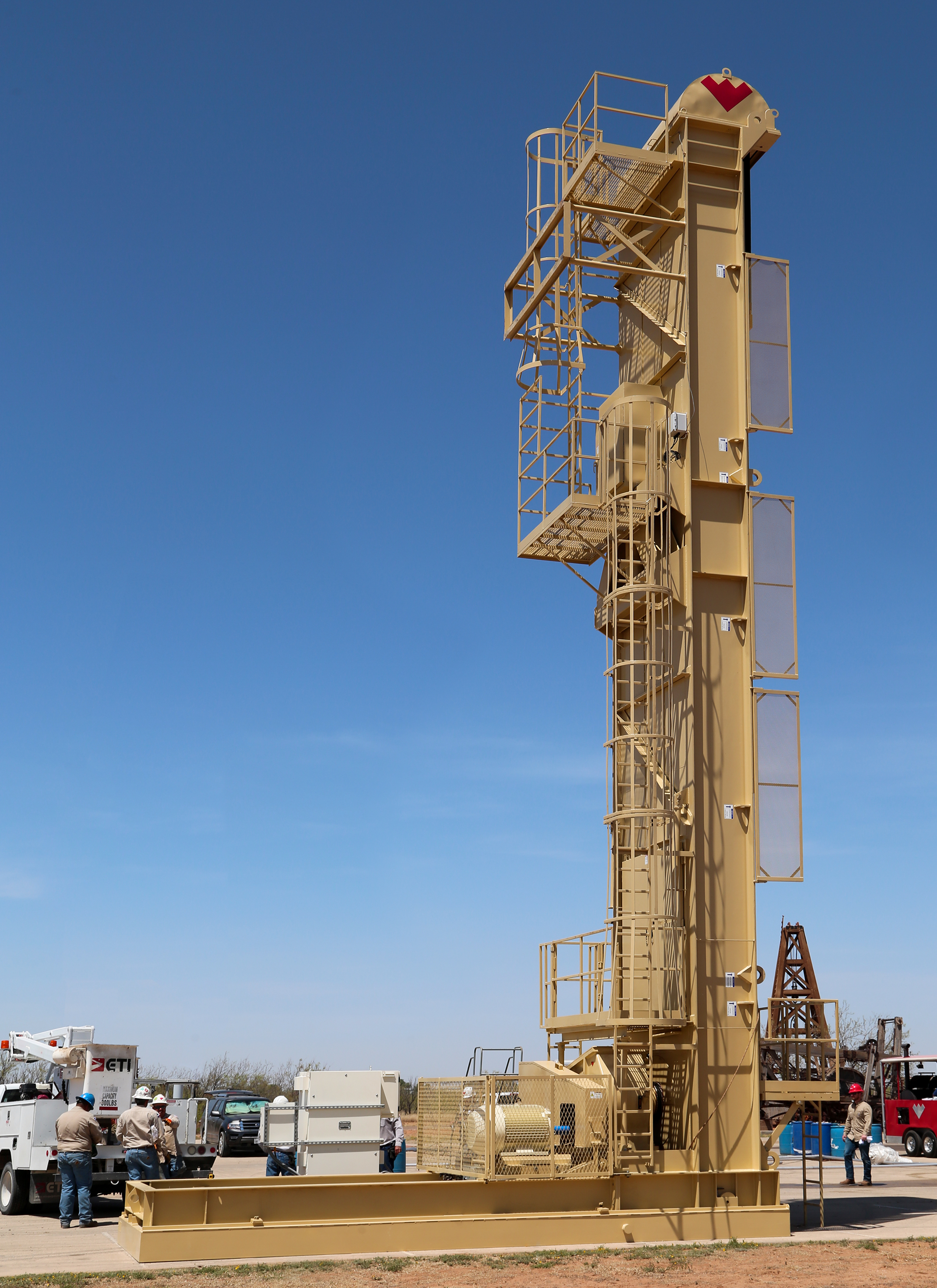
Recommended Reading
PHX Minerals’ Borrowing Base Reaffirmed
2024-04-19 - PHX Minerals said the company’s credit facility was extended through Sept. 1, 2028.
SLB’s ChampionX Acquisition Key to Production Recovery Market
2024-04-19 - During a quarterly earnings call, SLB CEO Olivier Le Peuch highlighted the production recovery market as a key part of the company’s growth strategy.
BP Restructures, Reduces Executive Team to 10
2024-04-18 - BP said the organizational changes will reduce duplication and reporting line complexity.
Matador Resources Announces Quarterly Cash Dividend
2024-04-18 - Matador Resources’ dividend is payable on June 7 to shareholders of record by May 17.
EQT Declares Quarterly Dividend
2024-04-18 - EQT Corp.’s dividend is payable June 1 to shareholders of record by May 8.





